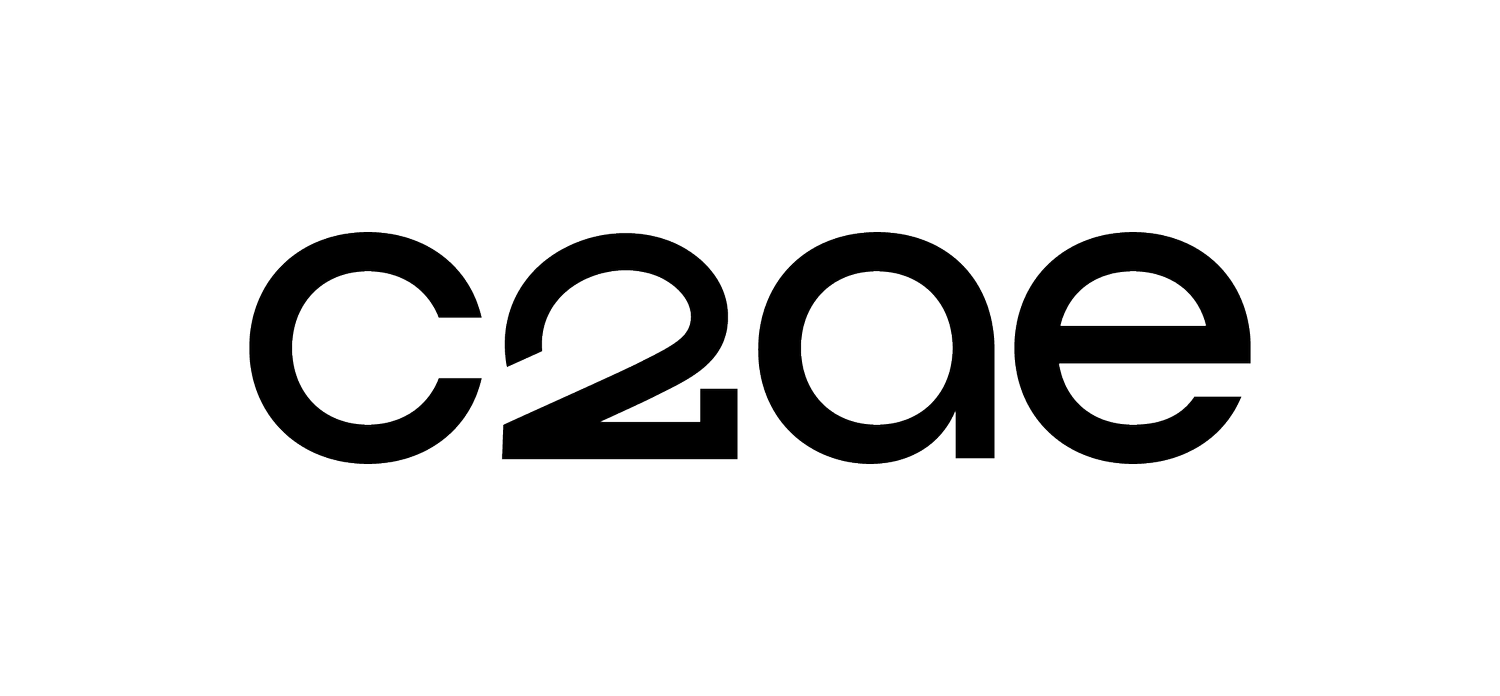Four Ways Pocket Parks Support Economic Development
This article was originally published in the October 2023 issue of Talk of the Towns by the Association of Towns of the State of New York.
It’s no surprise that prosperous communities tend to have better employment rates, longer life expectancies, and higher educational attainment than struggling communities. Regional economic development and quality of life are closely tied. Communities with amenities that enhance quality of life tend to have better economies and vice versa. That is why one method community planners use to build their economies is “placemaking,” or creating and maintaining amenities that make an area appealing to both businesses and residents. Placemaking amenities can include anything from trails to libraries to farmers' markets. And there’s another small but mighty placemaking tool your community may not have considered: pocket parks.
At a relatively low cost to residents, your community can improve the overall appeal of neighborhoods, shopping districts, or more populous areas by transforming alleys and vacant lots into tiny oases. Here are four ways that pocket parks can enhance placemaking in your community and boost your economy.
1. Hosting Events
Pocket parks are a welcoming space for local vendors and artisans who want to host small events, such as yoga classes and pop-up markets. As these events attract foot traffic to the surrounding area, nearby businesses experience more exposure. It is conceivable that a new pocket park may even serve as a catalyst for neighborhood and storefront revitalization efforts. To make your pocket park as versatile as possible for different events, it is a good idea to keep a large portion of the space open.
2. Building Community Connections
Pocket parks foster community loyalty and encourage residents to put down strong roots. That is because these spaces are also great venues for block parties, corn hole games, and bake sales—neighborhood-thrown events that encourage residents to get to know each other. People who feel connected to their communities are more likely to support local businesses, share resources, and become invested in their neighborhoods. For this reason, pocket parks often benefit from public-private partnerships, or “agreements among public and private parties to risk money, time, influence, or other assets in pursuit of joint goals,” according to a report titled “Partnerships for Parks.” In the case of a public-private partnership, the public agency works alongside the private nonprofit to fund the construction and maintenance of a pocket park. “By teaming up,” the report explains, “parks agencies and nonprofits can help cities do a better job of meeting citizens’ demand for more and better parks in the face of limited public resources.”
3. Providing Respite
Pocket parks bring nature to residents and workers who may not otherwise have easy access to green spaces. Pocket parks serve as small breaks in the environment, increasing the overall appeal of shopping districts and downtown areas. In fact, shoppers may choose to stay in an area longer if there is a comfortable place to rest or enjoy a picnic. Items such as shade trees, benches, tables, and trash receptacles are helpful for this purpose.
4. Reducing Stormwater Runoff
A major challenge of the urban environment or densely populated areas is stormwater management. Impervious surfaces, such as roads and buildings, force rainwater toward storm drains. The water collects pollutants as it flows into the closest river or stream, damaging the ecosystem. In contrast, pocket parks equipped with permeable lawns and gardens absorb rainwater and filter it. This system reduces the stress on your community’s stormwater infrastructure and any surrounding natural resources. Planting local flora in your pocket park will not only mitigate stormwater runoff but also help bees, butterflies, and other pollinators. Pocket parks are great locations for a variety of green infrastructure; the presence of trees and other plants will improve air quality, create habitats, and reduce the urban heat island effect. For this reason, parks are often considered the “lungs of cities.”
Aside from these direct ties to economic development, pocket parks can also contribute to your community’s health, safety, and quality of life in other ways. For example, due to their small size, pocket parks are an easy place for parents to supervise children at play. In 2011, the University of Pennsylvania concluded that rehabilitating vacant lots with greenery “was linked to significant reductions in gun assaults.” Pocket parks also bolster ecosystems by providing a haven for some wildlife. Lastly, a high quantity of pocket parks spread across different neighborhoods can reduce the strain on large community parks.
With the right funding and planning, pocket parks can be an easy investment for communities of all sizes. They cost less than traditional parks, and—because pocket parks are typically positioned within a short walking distance of neighborhoods and more populous areas—they often see far more use per square foot. To help offset the initial cost of constructing a pocket park, there are various federal, state, and local funding sources available. More popular funding sources include the New York State Environmental Protection Fund Grant Program (EPF), the Land and Water Conservation Fund (LWCF) Outdoor Recreation Legacy Partnership Program (ORLPP), and the Recreational Trails Grant Program (RTP) for trailhead pocket parks.
Pocket parks are powerful, versatile, and attainable placemaking tools with the ability to truly transform communities. They not only make small, unprofitable areas usable, but they also boost economic development and make neighborhoods stronger. These well-loved amenities can improve almost any environment, including dense downtowns, shopping districts, and neighborhoods. And they can benefit your town, too.
—-
About the Author: Erik Cronk, PLA, LEED AP is an experienced site designer and project manager. He has worked with dozens of municipalities over the past 15 years to create sustainable, affordable parks. If you are a community planner interested in learning how and where pocket parks can best fit your town, Erik is always willing to share his expertise. Reach Erik at (866) 454-3923 or erik.cronk@c2ae.com.

